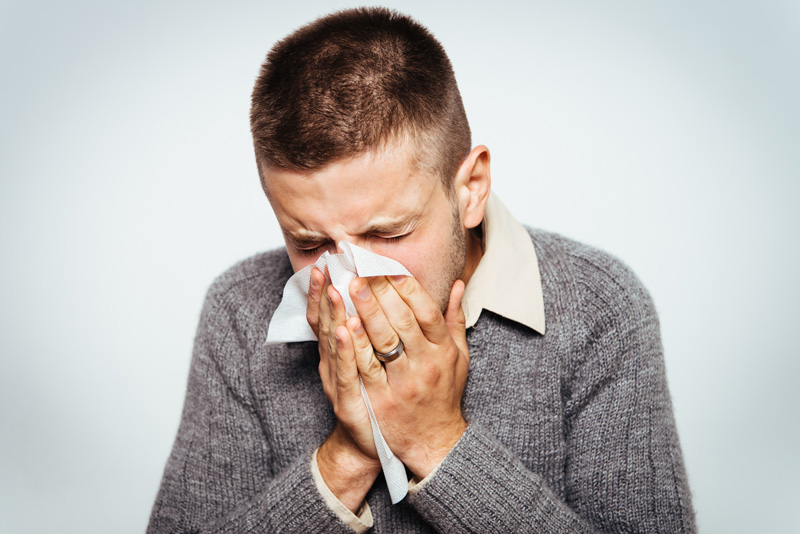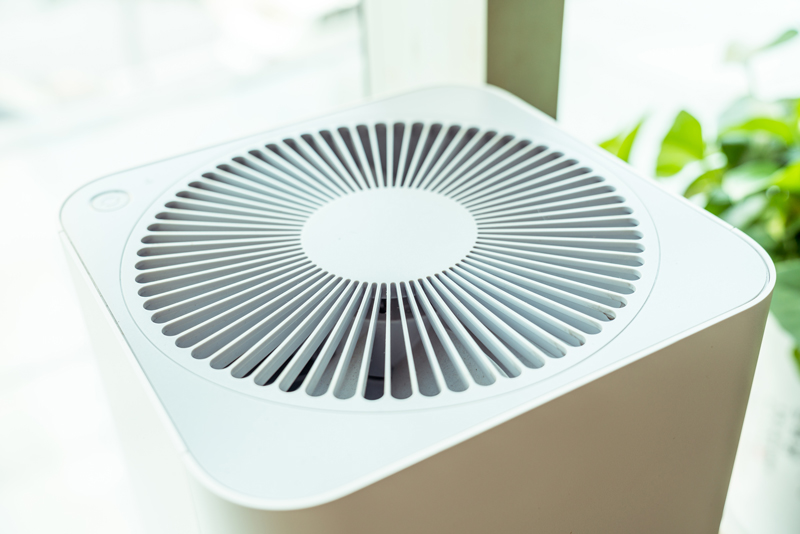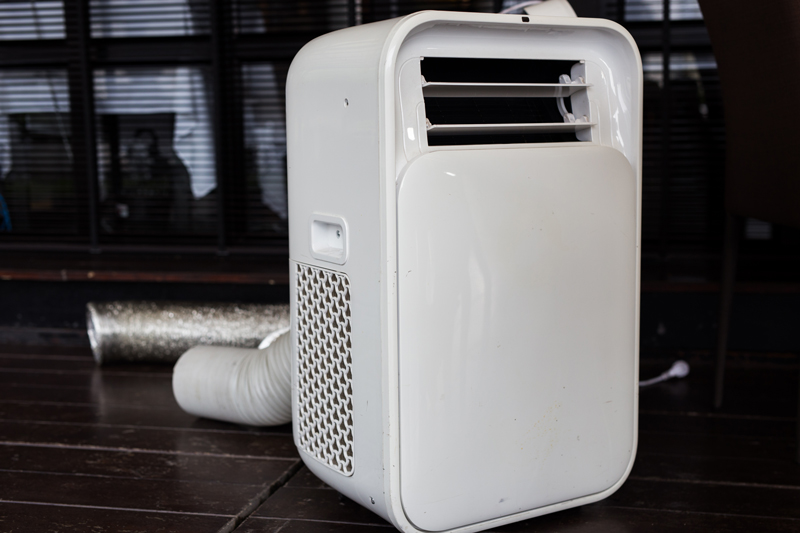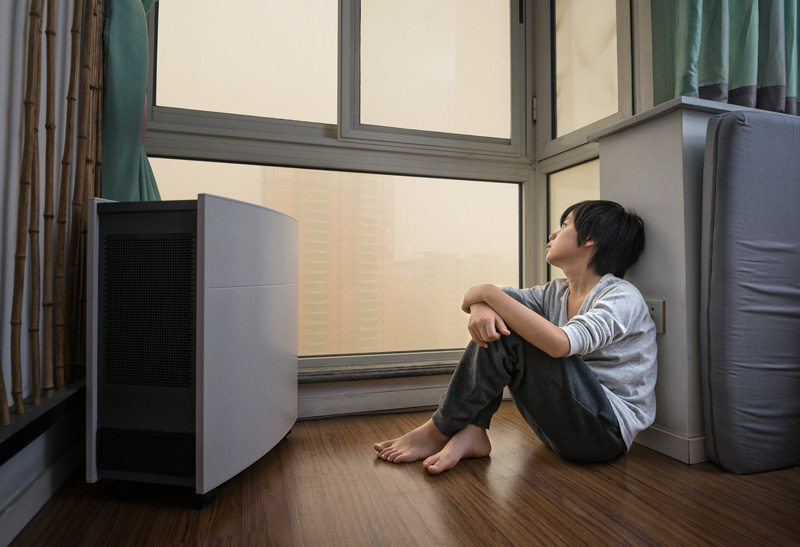Today, air purifiers are all the rage. Every allergy sufferer, asthmatic and health conscious person in the world knows that these purifiers are a great innovation. Air quality is important – if you have ever spent a few hours on a plane, you probably discovered that poor air quality has very negative effects. In most cases, air quality has a significant impact on general health.
The air in our homes is a mystery. It’s difficult to know how much household cleaner to use, and how the air is affecting us. In addition, outside air can worsen allergy symptoms, especially if you live in a big city and have less access to fresh air. Air quality today (with a few exceptions) is not at its prime, but there are steps you can take to improve the quality.

A Timeline of Air Purifiers
You may not know this, but types of air purification have been around for over 200 years. Since the early 1800’s, scientists have been trying to find ways to make our air cleaner, long before the industrial revolution ever hit.
To kick off this technology, John and Charles Dean developed a mask for firefighters. This mask allowed them to charge into burning buildings without having to worry about being overcome by smoke fumes from the fire. Around the same time, masks were made for divers and coal miners who were constantly exposed to dangerous air; however, it wasn’t until the 1850’s that the first gas mask was developed by John Stenhouse. This mask worked on a charcoal-based filter design, like some modern air purifiers. They also functioned on the principle of filtering air in a system called High Efficiency Particulate Air (HEPA), which are used in systems today. Once charcoal was added to this system, there were dramatic improvements because of its ability to filter out toxins.
When World War II broke out, some of the greatest advancements in air filter systems were developed. These innovations came with the Manhattan Project, which gathered scientists from all over to work on a breathing device that would protect soldiers from the atomic bomb. Even though the experiment did not succeed in its intentions, it did help in advancements that fought against chlorine gas, mustard gas, and flame throwers.
A few years later, a plague in Africa made scientists aware of the need for protection against chemicals, perfumes, building materials, pesticides, dust mites, pollen, and food allergens. As a result, many forms of air purification devices were developed.
Despite all this, it wasn’t until the 1980’s that clean air became of utmost importance. The concept of a dust-free environment was in high demand, practical or not. According to various studies, HEPA filters, which were the most popular of the era, filtered out 99.7% of all the allergens in the air and all micron offenders of size 0.3 and larger. As the trend kept growing, newer devices came on the market, such as Nebulizers – these devices were able to filter out offenders of size 0.1 and larger and keep the 99.7% filter level.

A Cost-Effective Solution to Allergies
Most of us know about air purification products, and there is a common misconception that these devices are expensive. However, because there are so many products available, there are more reasonably priced options. By doing your research, you could find the right air purification system in your price range.
Over the years, the number of devices used for filtering the air has continued to increase. If you do a simple Google search, you can find hundreds of different types and brands of air purifiers. What sets apart each air purifier is the way it filters incoming air, and the process it used to clean the polluted air.
The most common solutions in the market are mechanical filters or air cleaning filters that use special materials to filter the incoming air. For example, life charcoal is a common option. In more recent developments, air purification systems use the air ionizer, which cleans the air through electricity. A great tip for someone researching air filters is to outline your needs first, and then search for a compatible product. It is also important to note the maintenance and overall costs, and the area where you want to position the filter.

Putting Health First
Living in a city or polluted area can take its toll on people’s health. Poor air quality is difficult to avoid, but an air purifier can help in some uncomfortable situations. Air purifiers can improve your quality of life, help you sleep and breathe better, and avoid potential diseases. Not to mention, your house feels cleaner and fresher overall.

If you’re curious about air purifiers, you can find more information at the Air Purifier Pro website.